![Flounder, Sanibel Fishing & Captiva Fishing, Sanibel Island, Friday, November 24, 2017, [File Photo - Thursday, May 11, 2017].](https://i0.wp.com/captivafishing.net/wp-content/uploads/2017/05/Flounder-5-10-17-e1494556099242.jpg?fit=690%2C442&ssl=1)

Sanibel Fishing & Captiva Fishing, Flounder.

Sanibel Fishing & Captiva Fishing, Captiva Island, Thursday, May 11: Flounder; for more fishing reports and photos from our other Captains’ boats, please also visit our Sanibel, Fort Myers, Florida Fishing Report and Cuban Fishing sites.
Please click here to Book A Charter or call 239-472-8658 and here for Live Sanibel Traffic Cams. Click here for College Of Fishing Hats & Apparel. Click here for latest Red Tide Report; better water moving north of Sanibel up through Captiva & North Captiva.

“The Gulf flounder (Paralichthys albiguttata) is a species of saltwater flounder. [It] is a flatfish that swims on its side. The flounder’s two eyes look upward when swimming. They have sharp teeth, two eyes on one side, and have a white side.
Paralichthys albigutta is widely distributed in the western North Atlantic. Adults are found in a variety of habitats, but generally prefer hard sandy bottoms; juveniles settle in high salinity seagrass beds. Longevity is 7–10 years and females reach maturity between 1–2 years. It is commercially and recreationally exploited. The center of abundance of Paralichthys albigutta in the Gulf of Mexico is along the northeastern coast of Florida.[2] West of the Mississippi River delta, it occurs in very low numbers.[3] It appears to naturally occur in low abundance in seagrass beds.[4] It is common in museum collections (660 lots).

Many species of fishes, including P. albigutta, have experienced declines in abundance in the Northern Gulf of Mexico from 1970-2000; although Fodrie et al. (2010),[5]attributed this at least in part to the effects of global rises in sea temperature, there are also a number of other factors (e.g., bycatch in trawl fisheries, increased recreational landings: T. Munroe pers. comm. 2015) that may contribute to these declines. Gill netting has been implicated in the decline of flounder stocks in North Carolina due to targeting of non-reproductive juveniles; however, the population-level effects of this method of harvest on P. albigutta are unknown [6]

This demersal species occurs in shallow depths within estuaries and coastal environments; it is most commonly found on the continental shelf at depths of 18–92 m, but has been collected to about 130 m. It is found in a variety of habitats, including seagrass beds,[7] coastal lagoons, flat hard-bottom and limestone ledges.[8] It prefers hard, sandy bottoms.
Juveniles utilize vegetation for habitat or are found adjacent to vegetation in estuaries.[9] Juveniles inhabit high salinity seagrass beds and older adults occur offshore in deeper depths. It undergoes ontogenetic shifts in dietary preference, feeding on amphipods and small crustaceans at small sizes, and feeding primarily on fishes as adults.[7]

Adults spend most of the year in bays and estuaries, migrating into deeper offshore waters to spawn during fall and winter (peaking between late October-mid-December). Specimens with ripe gonads have been collected at depths of 20–40 m in the eastern Gulf of Mexico.[9]Larvae migrate inshore during January–February. The age at maturity for females is 1 year (FWRI 2010) with all mature by 2 years and size at 50% maturity is 35–38 cm TL. Males reach maturity between 30–35 cm TL. Females grow faster and larger than males. Longevity for males is 8–11 years and females is 7 years (Munroe 2002). [6]
They are a common sport fish that can be readily caught with dead fish (such as mullet), live bait, or even artificial or frozen baits such as shrimp or clams. A common way of catching this flounder is by spearfishing or jigging. The recreational daily bag limit for this species is 10 and the minimum size is 12 inches (established in 1996). Commercial fishermen are permitted to take up to 50 lbs of flounder species as by-catch per trip. The Gulf States Marine Fisheries Commission is currently conducting stock assessments for

The Gulf States Marine Fisheries Commission is currently conducting stock assessments for the gulf and southern flounder populations in the Gulf of Mexico, which will inform the development of a fishery management plan.[6] This species is commercially and recreationally exploited as a food fish. It is caught using trawl, gill net, gig, hook-and-line, and trammel net. As with P. lethostigma, this species is harvested using gill nets in estuaries.[10][6]
Gulf flounder appear to prefer the ocean floor and camouflage against areas to stealthily strike their prey. This demersal species occurs in shallow depths within estuaries and coastal environments; it is most commonly found on the continental shelf at depths of 18–92 m, but has been collected to about 130 m.[6]

This is a commercially and recreationally important species, particularly in Florida. It is also taken as by-catch in commercial trawl fisheries, particularly the penaeid shrimp fishery.[9] Seagrass beds have experienced historical declines off Florida, especially in Florida Bay.[11] The large seagrass die-off in Florida Bay between 1987-1995 was likely caused by salinity stress, turbidity, and algal blooms.
The large seagrass die-off in Florida Bay between 1987-1995 was likely caused by salinity stress, turbidity, and algal blooms.[12][13] Over that decade, the standing crop of Thalassia testudinum declined by 28%, Halodule wrightii by 92%, and Syringodium filiforme by 88%.[13] Since then, the decline has slowed, but die-off continues to occur. Between 1995-2003, turtle and shoal grass abundance increased with improved water clarity and has remained generally stable.

Between 1995-2003, turtle and shoal grass abundance increased with improved water clarity and has remained generally stable.[14] Tampa Bay and Sarasota Bay also experienced significant seagrass declines in the 1980’s but has since recovered following the improvement of wastewater management.[15] It has been recorded in the diet of the invasive Lionfish,[16] which occurs throughout the entire depth range of P. albigutta.[6] ” More background here.

We’re located at Castaways Marina, Santiva, Sanibel Island, just before the Blind Pass bridge to Captiva Island.
We’re big advocates of catch and release, particularly for snook, but pretty much for most species. Only take what you are going to eat, and a lot of fish are better off as sportfish, even if they are in season. Our motto is let ‘em get bigger and catch ‘em again!
Please click calendar at upper right or call 239-472-8658 to book a charter.
Whether you’re a longtime customer who has fished with us for many years or a first-time customer, expert fisherman or just a family with young children out to catch fish and have fun, you are going to enjoy being out in the boat with Hank and me! We greatly appreciate your friendship and business!
If you had a good time fishing with Captain Joey Burnsed on a Sanibel & Captiva charter, please post an “excellent” review on Google Places, TripAdvisor, Yelp, or Facebook! If you had any issues at all with your charter, please let us know immediately and we’ll do everything we can to make it right! Huge thanks for doing this!
And you can like us on Facebook.
Fair winds and following seas,
Captain Joey Burnsed ~ please click calendar at the upper left or call 239-472-8658 to book a Sanibel & Captiva Islands, Boca Grande or Fort Myers fishing guide trip or shelling charter.
![Hogfish or Hog Snapper, Sanibel Fishing & Captiva Fishing, Sanibel Island, Sunday, December 10, 2017, [File Photo - Wednesday, February 8, 2017].](https://captivafishing.net/wp-content/uploads/wordpress-popular-posts/13104-featured-360x260.jpg)

![Hogfish or Hog Snapper, Sanibel Fishing & Captiva Fishing, Sanibel Island, Sunday, December 10, 2017, [File Photo - Wednesday, February 8, 2017].](https://captivafishing.net/wp-content/uploads/wordpress-popular-posts/11558-featured-360x260.jpg)

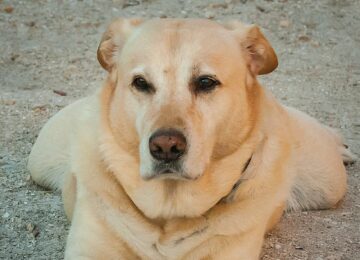



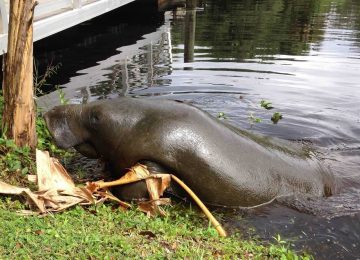

![Goliath grouper, Sanibel & Captiva Islands & Fort Myers Charters & Fishing Guide Service, Thursday, November 2, 2017, [August 16, 2012].](https://captivafishing.net/wp-content/uploads/wordpress-popular-posts/11711-featured-360x260.jpg)
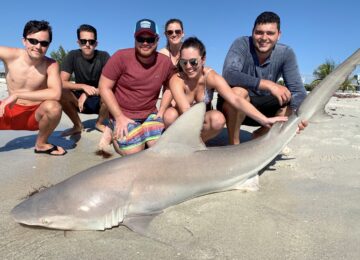
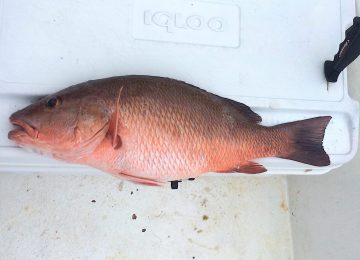

![Hogfish or Hog Snapper, Sanibel Fishing & Captiva Fishing, Sanibel Island, Sunday, December 10, 2017, [File Photo - Wednesday, February 8, 2017].](https://captivafishing.net/wp-content/uploads/wordpress-popular-posts/11143-featured-360x260.jpg)
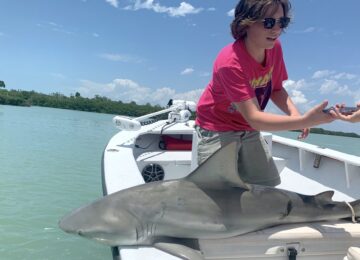

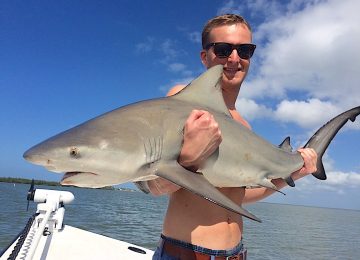
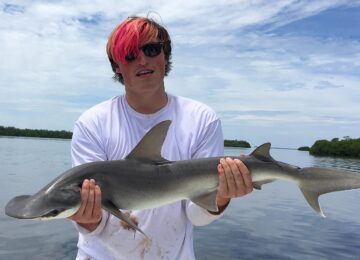
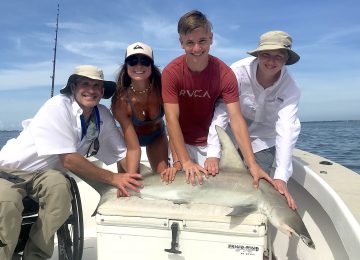
![Schoolmaster Snapper, Sanibel Fishing & Captiva Fishing, Sanibel Island, Thursday, January 11, 2018, [File Photo - Thursday, December 28, 2017].](https://captivafishing.net/wp-content/uploads/wordpress-popular-posts/13203-featured-360x260.jpg)
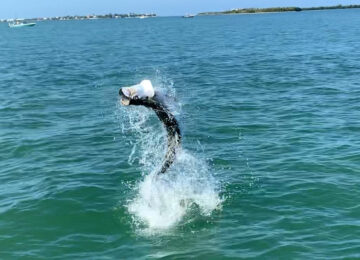
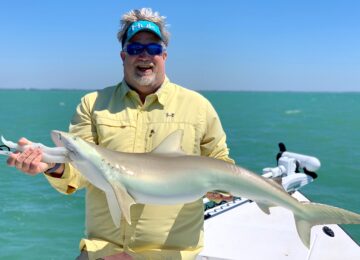
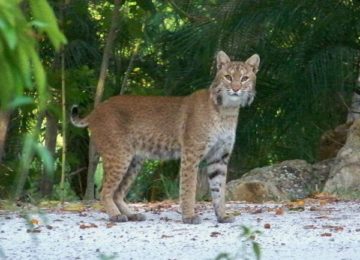
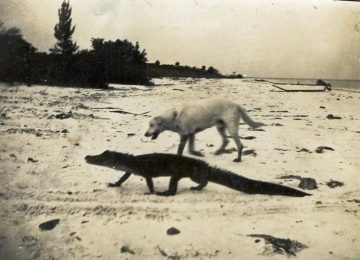
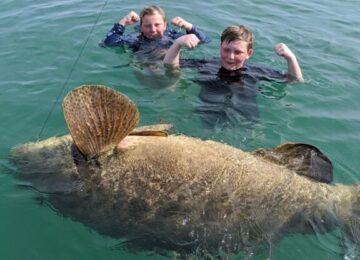
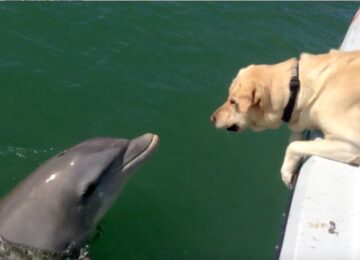















You must be logged in to post a comment.